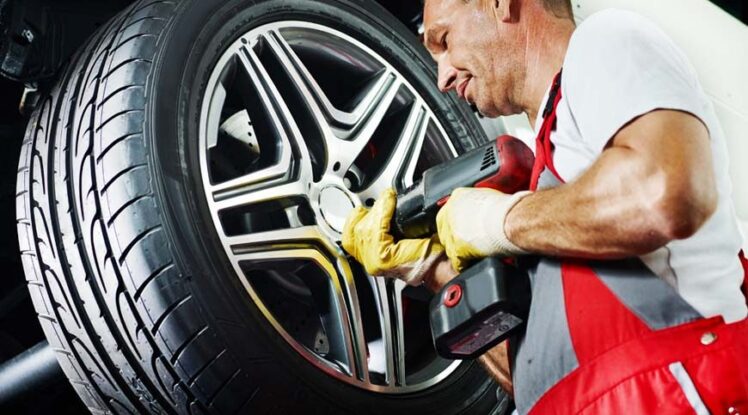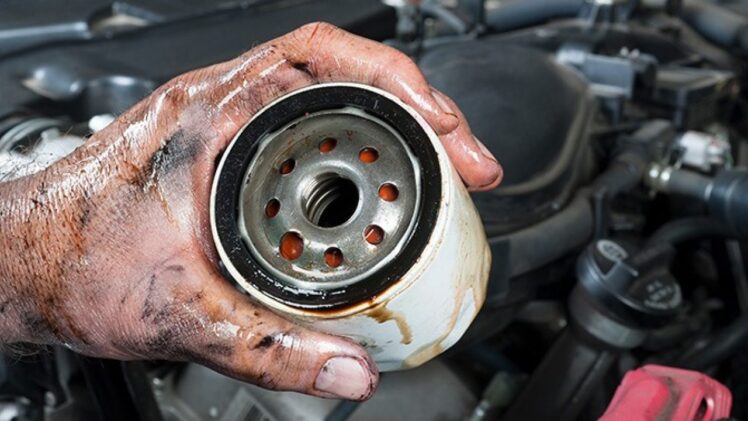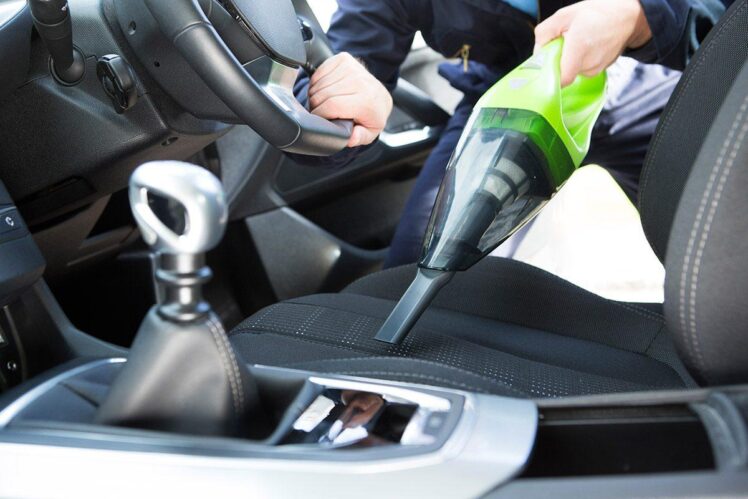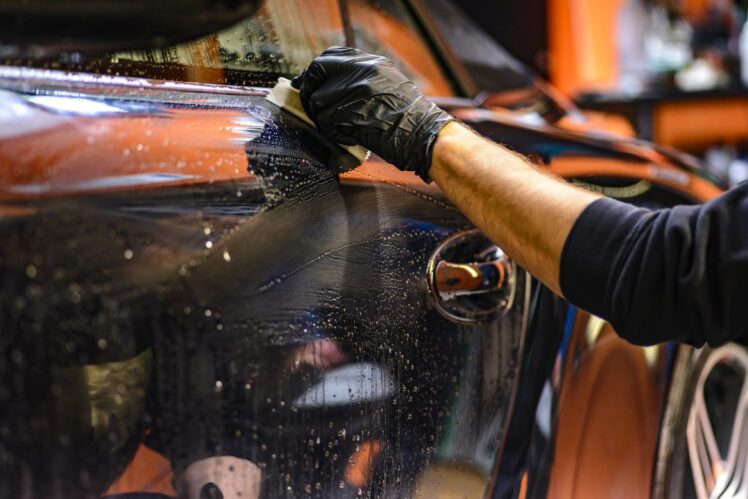Whether you are a car enthusiast or an ordinary person, a car is a prized possession for everyone. Doesn’t matter whether your car is old or brand new; cars require periodic maintenance to increase longevity.
A car is a complex machine made up of many significant minor parts. Each part comes with a different set of maintenance protocols. It can be intimidating if you’re owning a car for the first time. But with some wise practices, you can easily ensure that your car is up and running the way you want it.
Here are some best car maintenance tips to follow. Timely checks like these will surely save you from the ordeal of getting into bigger mechanic trouble.
Contents
1. Tires of your car

Source: paautoinspection.com
Tyre pressure is the first thing that you should check for the proper functionality of your car. Underinflated or overinflated tires might cause issues like steering problems. Always read your car manual to know the standard inflation pressure of your car tires. By using a pressure gauge, it is easy to check the tire pressure of car tires. Examine the condition of your car tires thoroughly.
Excessive wear and tear of tires leads to alignment problems as well. You might experience your car drifting to one side or uneven steering in general. Aligning your wheels is crucial, but you might require professional help for this. It is better to drive smoothly, to avoid misalignment issues altogether.
2. The car engine
Without a smooth functioning car engine, you can’t expect a smooth drive. Always check engine oil levels. Avoid running your car on low fuel as heavy particles tend to settle at the bottom over time. Using your car on low fuel will force them into the functioning ducts.
Make sure that you change your oil at regular intervals. A proper amount of coolant fuel in the engine is necessary to resist the heating up of metal parts. Check your cylinder liners for any leakage. Consider using FabAuto’s Cylinder Liner for effective use of the lubricant and minimizing friction in the engine.
You might find your engine harder to start. Most of the time, it is because of junk trapped in the spark plug. To clean it, you can use a spark plug cleaner or simply a wire brush.
3. Replacing your oil filters

Source: paautoinspection.com
Oil filters keep the contaminants away from the engine oil. Without these filters, micro dust particles settle on the car engine, reducing its efficiency. It is advisable to change the oil filter whenever you are changing your engine oil. The old filter tends to contain trapped particles of the old engine oil.
You can also prefer to clean your oil filter with an anti-seize lubricant. However, the microparticles are hard to get rid of completely.
4. Air filters
Maintaining air filters is crucial for increasing your fuel economy. Air filters sustain the combustion efficiency of your car engine. They prevent air contaminants like dust and debris from clogging the air.
Generally, air filters need to be changed every 12,000 to 15,000 miles. Refer to your car manual for specific details. Cleaning car air filters, which are still new, is relatively easy. Vacuum cleaning your air filters extends their life. Additionally, soapy water is enough as well, to get the cleaning done.
5. Vacuuming your car

Source: atlantadirectauto.com
A car traps many small particles like dirt, potential allergies, food particles, pollen, and many more. The environment inside the car can get toxic if not cleaned, especially for people with respiratory disorders. Thus, it is essential to vacuum the car now and then.
Vacuuming should be done before you wash your car to stop the trapped particles from heading back into the internal machinery. Take the car mats out before you set on with the vacuuming process. Different attachments like soft bristle attachments can be used with the vacuum cleaner to reach the intricate spaces of your car.
6. Your car battery
The battery in your car needs a reasonable degree of care and maintenance. You should check your battery twice a year, minimum. Depending on the environmental conditions and car usage, the frequency may vary. A battery might last for 3-5 years. Proper handling can drastically influence its efficiency.
- Using a voltmeter to check your battery is a simple procedure. Resting voltage ranging 12.4-12.7 volts means your battery is perfectly charged. Else, you need to charge it.
- Keep an eye on the acid and electrolyte levels of the battery.
- Keep your battery clean by using a brush to counteract the corrosion process.
- Make sure the battery is used at regular intervals. When unused, car batteries get discharged very rapidly.
- Avoid heat exposure. Parking your car in the shade and using car battery heaters in cold weather are suitable measures to extend the battery life.
7. External appearance

Source: frantic4racing.com
Wash and wax the car thoroughly at least once in six months or as needed. Places like the trunk and car roof shouldn’t be ignored.
Waxing your car can restore the external shine and gloss of your car. Any can be used based on your convenience out of paste wax, liquid, and spray waxes. The wax content should be high. These keep your car from fine scratches and help retain the car paint in good condition.
First up, shampoo your car, and after it is thoroughly washed and dried, go on waxing. Be gentle and apply the wax in circular motions. Then, using a soft microfiber cloth, remove the excess wax.
The Bottom Line
Once you’re well versed with the correct practices, it is easier to maintain your car regularly. Now and then, check for the car engine, battery, all car filters, along with your car tires. Clean the parts if it’s possible, else replace the ones past their natural life.
Leaks should be carefully checked for. Invest in new ceramic sleeves to replace your cracked old ones. Keep changing your car fluids. Most importantly, adopt prudent driving methods to prevent extra wear and tear of your car.
